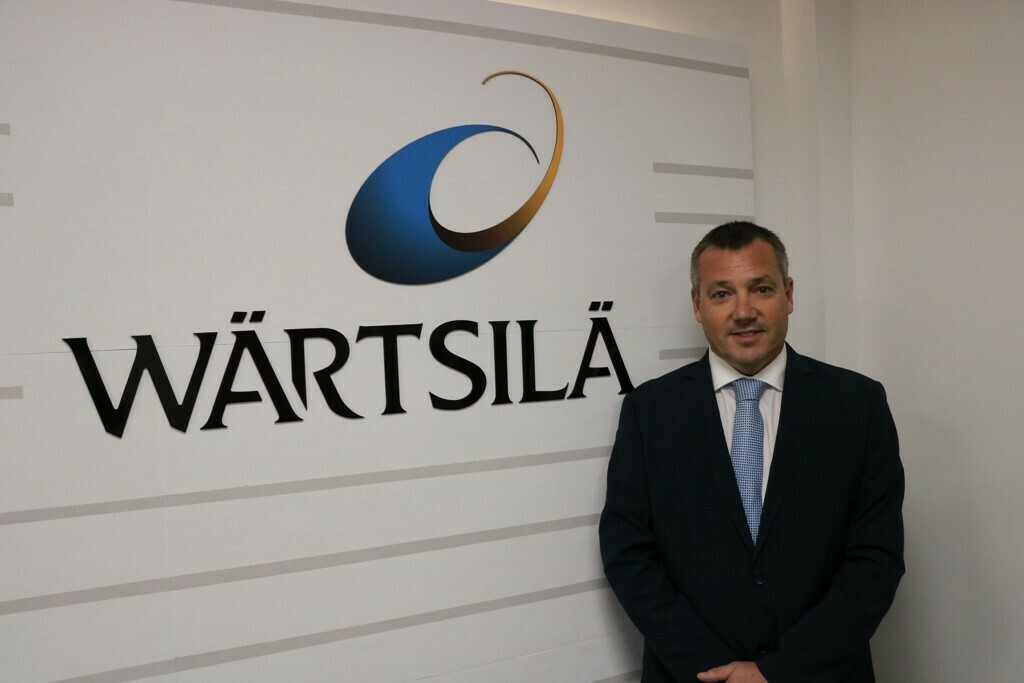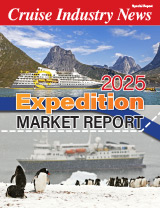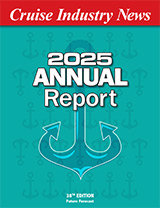Cruise Industry News talks to Wärtsilä’s Vice President of Services, Area America, Walter Reggente, about the company’s 12-year performance-based maintenance agreement with Carnival Corporation.
First, can you walk us through what has been the experience and impact after the first year of the 12-year agreement with Carnival?
A key component in the agreement between Carnival and Wärtsilä is our Performance Based Logistics (PBL) model, which enhances the co-operation and transparency between Wärtsilä and Carnival. As a result of this model, Wärtsilä and Carnival are collaborating much more closely and effectively. Together, we can showcase unique ways of working in the maritime industry. We can also take advantage of many new opportunities provided by e.g. digitalization. Even though the main impact of this cooperation focuses on safety, optimized performance, and efficiency (fuel savings), we must also highlight the reduced environmental footprint our partnership provides.
Thanks to our longer-than-usual agreement, the joint ‘Wärtsilä-Carnival Team’ has the ability to understand better how to improve the reliability, efficiency, and safety of the vessels. This strengthened involvement of Wärtsilä in vessel operation has enabled a new level of collaboration. We have introduced a range of modern features and best practices, such as innovation of products, improved maintenance practices, supply chain logistics, remote support, and consistent interaction between the vessel, Carnival technical department, and Wärtsilä.
Can you point out any concrete examples of benefits having been achieved so far?
A dedicated end-to-end Wärtsilä organization has been created, specifically tailored to become fully integrated with Carnival to meet the PBL requirements. There are dedicated teams to manage all operational and logistical aspects, as well as teams committed to developing systems, products, and best practices to meet or exceed the targets we have jointly set out with Carnival. Engine maintenance planning has been centralized, covering the entire Carnival fleet of Wärtsilä engines across all Carnival brands globally. This is achieved thanks to the seamless coordination and structured communication between the local and global teams, respectively. This is a new level of partnership, which is already delivering positive results benefiting both Wärtsilä and Carnival.
A significant focus area for both Wärtsilä and Carnival has also been the optimization of all processes involved; with the ultimate objective being continuous improvement of the assets on board the vessels.
Another important point is the integrated remote connection to Carnival’s vessels from Wärtsilä’s Customer Centers. We have co-developed a system to monitor data from the vessels remotely. By analyzing the collected data, we are able to identify opportunities for improving efficiency. This is another example of how two companies can be more effective while saving time and costs through an integrated and transparent approach.
During the first months of the co-operation, Wärtsilä’s engineers, in collaboration with each vessel’s crew and technical staff, have performed a comprehensive technical evaluation of the entire Carnival fleet of Wärtsilä engines. This was done to guarantee that the engines are up to date with respect to the latest technical standards applicable to each particular engine type.
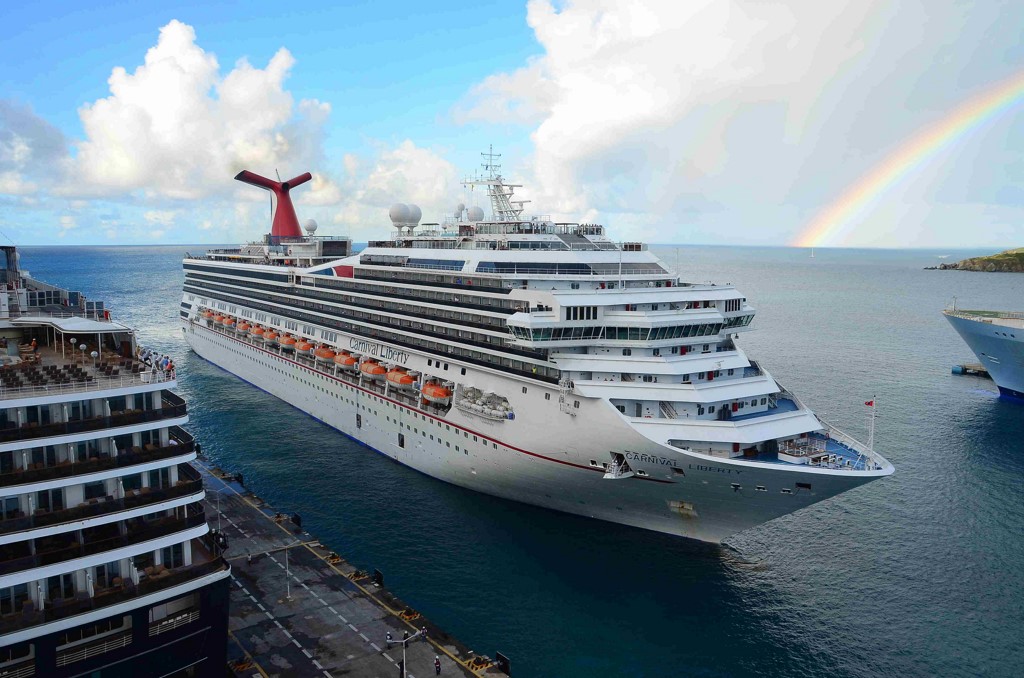
Covering 79 vessels and 400 engines, what are the performance criteria and metrics you are monitoring?
The performance criteria are enabled by the installation of accurate measurement systems performed by Wärtsilä onboard the Carnival vessels. The Wärtsilä measurement systems monitor fuel efficiency at different engine workloads and different weather conditions. The continuous monitoring of the engine, vessel, and weather parameters allows Wärtsilä to tune and maintain the engine according to real needs. This enables Carnival to save on fuel costs while mitigating the risks of unplanned maintenance. Improved efficiency allows Carnival and Wärtsilä to share incentives according to a designed model and also enables Wärtsilä to improve the whole logistical and technical chain to obtain the planned targets.
Are these criteria and metrics the same across the fleet, or do they vary with the powerplant configurations and deployment of the ships?
The objective is to optimize the efficiency of each individual engine in the Carnival fleet, in terms of SFOC (Specific Fuel Oil Consumption) reduction, measured at regular intervals throughout the agreement period. The goal is to ensure that each particular engine reaches its lowest achievable level of SFOC, thus reducing the total amount of fuel consumed by the aggregate fleet of engines, which ultimately translates into cost savings for Carnival.
How does it actually work – where does the data stream go and how is it flagged, if needed, and then what happens and how?
The engines are equipped with sensors to measure all relevant parameters, such as temperatures, pressures, and speed data as well as the individual fuel consumption of each engine. The data is then transmitted from the vessel to the cloud system and further from the cloud to the Wärtsilä Customer Centers, where all parameters and their trends are visualized. Any anomaly in the data readings is detected and presented to a team of Wärtsilä experts, who can react with immediate troubleshooting and remedial actions, which are communicated to both Wärtsilä and Carnival local operations.
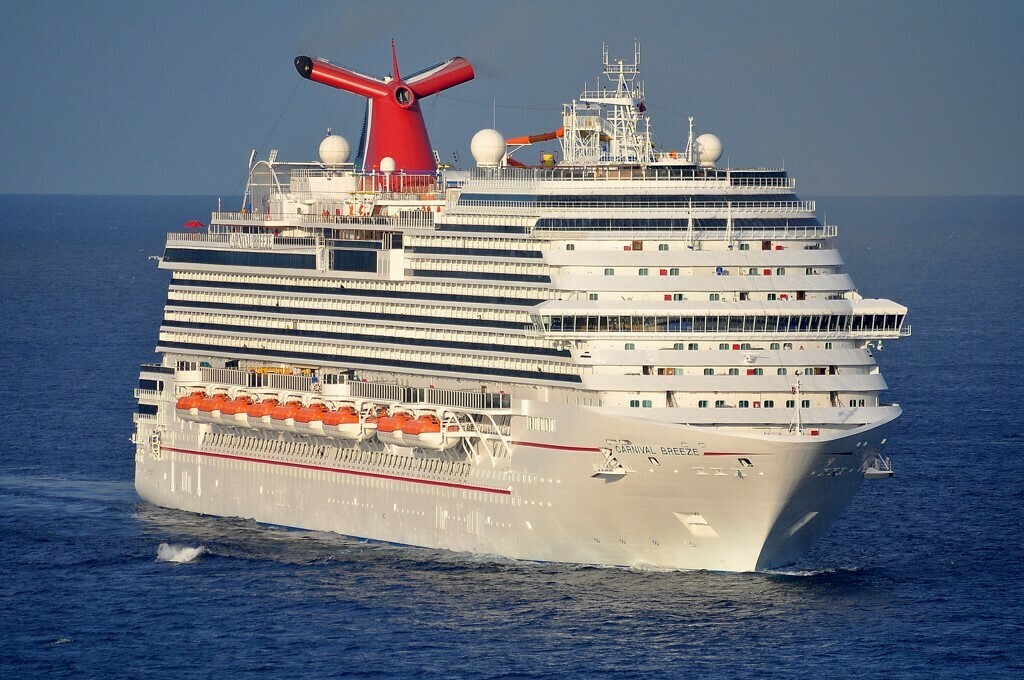
Can you explain how the so-called shared financial incentives and exposure work?
The agreement with Carnival includes shared incentives and promotes shared targets like the safety, quality, efficiency, and reliability of the engine room, resulting in improved availability and more efficient vessel operation.
With this agreement, Wärtsilä will perform certain particular maintenance activities and performance upgrades on the engines in order to reduce their SFOC. As a result of the SFOC reduction, the savings for Carnival on the total fuel cost are calculated, based on the agreed contractual process. Carnival will share the calculated fuel savings amount with Wärtsilä on a periodic basis, based on certain percentages agreed upon and set out in the agreement. This represents an incentive for both Wärtsilä and Carnival to constantly find opportunities for improving the fuel efficiency of engines.
What are the benefits of having Wärtsilä’s maintenance planning (DMP) and condition-based maintenance (CBM) systems? Couldn’t Carnival do this themselves through their Fleet Operations Centers?
Dynamic Maintenance Planning and Condition Based Maintenance entails a combination of (i) remote technical analysis performed by engine and systems’ experts in Wärtsilä, (ii) data comparison against fleet benchmarks built utilizing Wärtsilä’s global engine installed base, (iii) historical maintenance logs, and (iv) on-site power plant inspections whereby specific engine components and systems are checked for condition. The outcome is that engine maintenance is performed when needed, allowing flexible maintenance schedule, guaranteeing maximum safety, and minimizing risk for engine failures. Carnival will also monitor engine performance data.
Is this a unique maintenance agreement for Wärtsilä or does the company have similar agreements with other shipping companies?
Wärtsilä has considerable experience in service agreements and currently several full comprehensive maintenance agreements in force with both marine and power plant customers globally. These include agreements that have incentives linked to specific KPIs. However, the fuel efficiency program with shared incentives, the size and composition of the Carnival fleet of engines being maintained, and the level of cooperation between Carnival and Wärtsilä are key factors, which make this agreement between Carnival and Wärtsilä a unique in the industry.


